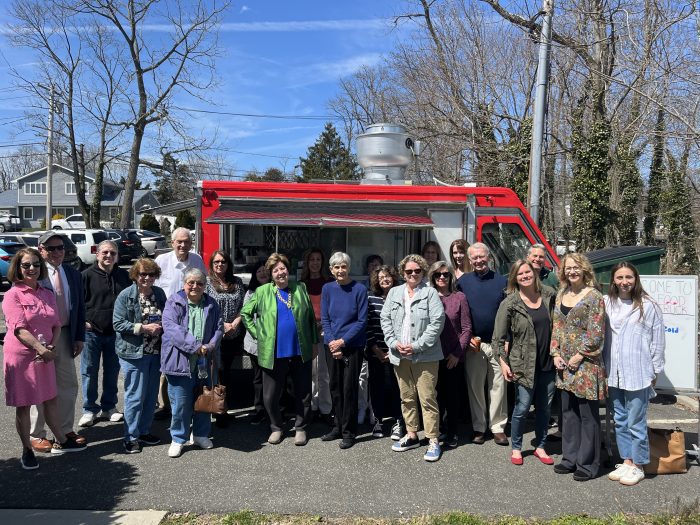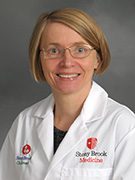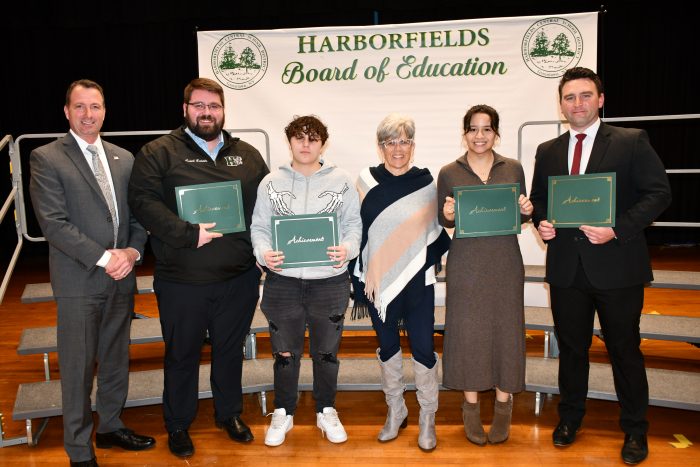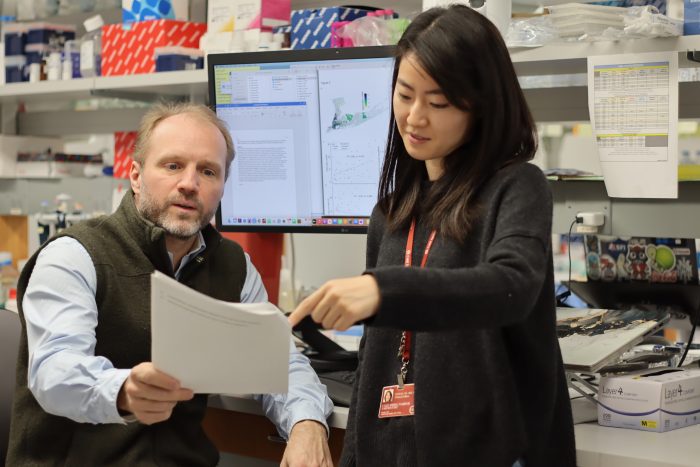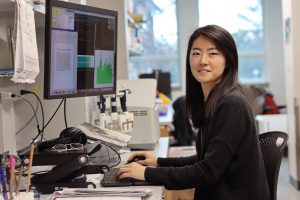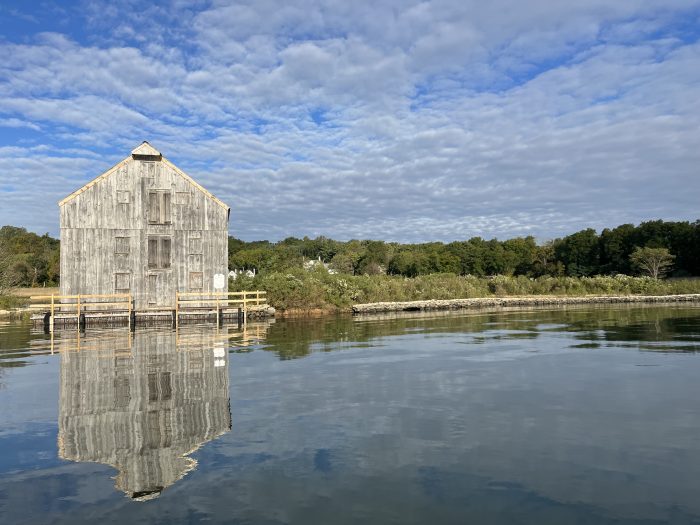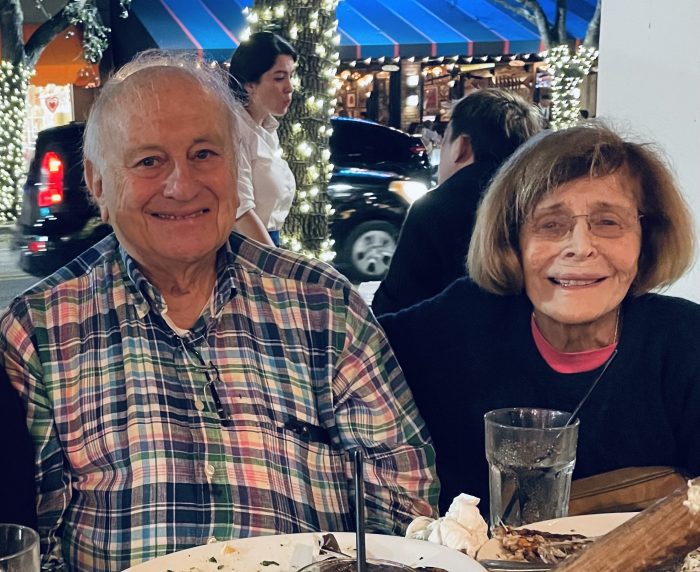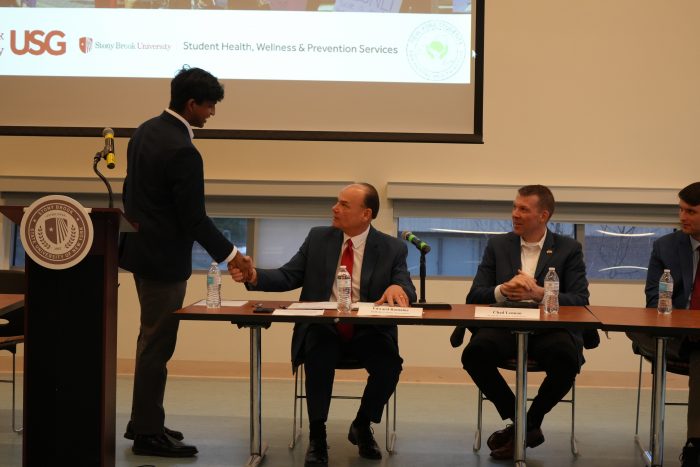By Leah S. Dunaief

Publisher
It’s been quite a week for all of us. First we experienced an earthquake, and not an insignificant one. Centered in New Jersey, it measured 4.8 magnitude and was felt from Washington, D.C. to Philadelphia to New York City and even to Maine. That was followed by at least 11 aftershocks, one of which was 4.0 magnitude that struck nearly eight hours after the initial quake. This was the strongest quake for New Jersey in more than 240 years, according to the US Geological Survey.
I never felt the first one.
Although it excited millions of people across hundreds of miles, according to CNN, I was driving to a doctor’s appointment and never felt a thing. Others who were driving said the same. I guess if you’re traveling in an automobile, you expect the road to shake you up a bit.
When I entered the doctor’s office, however, I was amazed at the high pitch of voices and the animation of the staff members. “Did you feel it? Did you feel it?” I was asked. “The blinds all shook and the stools rolled.”
I felt like I had missed out on a memorable event.
Fortunately there seems to have been little damage and no injuries. The infrastructure was checked out; bridges and tunnels intact, subway lines moving normally, buildings sound, with only a handful of mild exceptions.
That was Friday. Monday we had a solar eclipse, as a band of total darkness 100 miles wide moved diagonally across North America from the West coast of Mexico to Newfoundland, Canada. The duration of total darkness at any given point was 4 minutes and 28 seconds.
Millions of us donned special glasses and looked at the sun. Some thousands traveled to locations beneath the total darkness, in New York State around the Syracuse area, to view the full impact. We on the North shore of Long Island saw only 90 percent of the sun blacked out, but as a show put on by Nature, that wasn’t bad. While the light did become strangely grey and the birds and insects did get quieter, and the temperature perceptibly dropped, the drama was less but real. And it was a great excuse for a Monday afternoon eclipse party, of which there were many across backyards, back decks and parking lots facing west.
We can be casual about eclipses, since we have seen at least one of them before, in 2017, and understand that the world is not coming to an end. But the whole idea of huge bodies performing a ballet with each other across the heavens in an orderly fashion, when you think about it, has to leave you with a profound sense of awe and spirituality. It was an incredible performance.
The third marvel, back on Earth, was our celebratory 48th party for The Village Times and TBR News Media on Tuesday. We invited current and former staffers and some neighbors to a lunch provided in the parking lot by a fire-engine red food truck from DJ’s Clam Shack of Stony Brook. Even our mailman came. Paul Riggio, the owner, offered, lobster rolls, crab cakes, crab cake sandwiches, shrimp scampi rolls, hot dogs, coleslaw and quesadillas filled with a choice of lobster, shrimp, chicken or cheese.
We went to the truck window, gave Paul our order, and he gave us each a number. When that order was prepared, he called out the number and we received our food.
As it happened, the weather was perfect— not too hot, not too cool with a blue sky and a soft breeze. We could have eaten outside, but since there were no tables and chairs, we carried our lunch into the office building. As one of our guests said, there was a party in every room.
Cookies, inside, completed the meal. Then we went back to work.
It’s hard to recall each of those 48 years. They slide into each other, although we can remember particular incidents. It was wonderful seeing former staffers mingling with current members. The commitment is carried on.
We will recall this party as a tune-up for our 49th & 50th.

